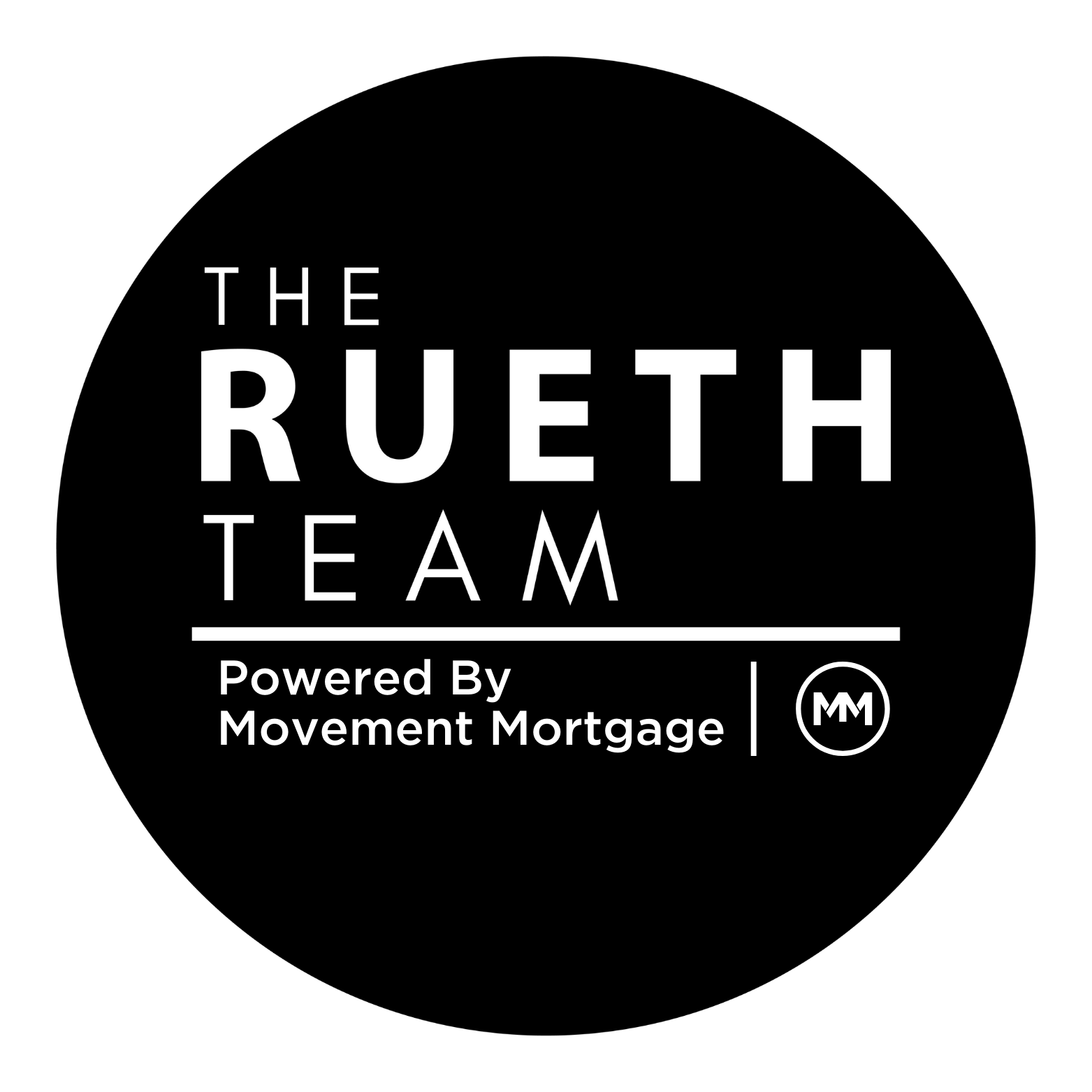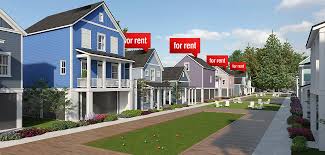Buy Before You Qualify…Wait, What?
Buy Before You Qualify
Do you have a client with only 1 year in taxes and a current year P&L, but plenty of money? Or what about a borrower with a 6 month job gap? Last week I shared all about bridge loans. This week, I wanted to share more. The Rueth Team bridge loans are not just bridging the old property but also can be used as the purchase loan for a new property. This is something no one else has and is the bridge to helping clients take action today. Why is today so important? Because inventory is up and sellers are negotiating now more than they have for two years. Could prices fall a little more? Maybe? But are you planning on selling this year? If not, losing unrealized gains is nothing more than adjusting your perspective.
Our bridge loans are 12 month interest only loans which can be liened on either a departing property or the new property and bridge not only equity but also circumstances. Because as you know… real estate is all about options.
Now is not the time to push someone into buying if they are not ready. But… if someone is ready, now is the perfect time to buy and with a bridge loan, we can fill the gaps!
The Numbers Still Work!
It’s hard to make the numbers work is what I keep hearing. Affordability is down. Can’t debate that. Real estate is going to crash, not even close. I was running some numbers and wanted to share the opportunity I see and why I am still buying in a market where others are afraid.
If you are fortunate to help a first-time homebuyer purchase a home with minimum down on a $500,000 home, they will get all of their inspection requests fixed and pay at or below list today, YAY!!… but they will also pay $300 more a month with interest rates 1% higher than they were just 30 days ago. I know you’re thinking… Nicole, not sure how your math works but that doesn’t sound like good news.
Not today, not immediately, but here’s where the math gets good…
Let’s think 10 years out. Because unlike stocks and crypto, no one is day trading homes. In fact, the average homeownership tenure in 2021 was 13.2 years, rising steadily from 10.1 years in 2012.
10 years is a long time and real estate always goes up. So while some people are trying to time the market and buy on the dips, others are realizing it’s a long game and taking advantage of greater inventory today.
A $500,000 purchase price today with 3% down yields a $485,000 loan. That mortgage at a 6.5% interest rate will have a principle reduction of $73,000 over the course of 10 years.
At the same time, that $500,000 home using a pre-pandemic historical average of 3.6% appreciation, yields an estimated value of $712,000 in 10 years, that’s a $212,000 gain in value.
$285,000 net wealth gain, plus the tax benefits of homeownership, the opportunity to rent out the home or rooms in the home for cash flow, and the ability to tap into the equity tax free (using a cash out refinance). Real estate gives you options
The alternative is renting. The average rent in Denver is $1994 per rentcafe.com. With a 7.3% increase in rent year one, per Apartment List is an extra $150/mo just the first year alone.
The Personal Consumption Expenditures Price Index was just released on Friday showing core inflation, excluding food and gas, rose 4.9% from a year ago and 0.6% on a monthly basis. The number inside this report was not core inflation but the Dallas Fed’s “big three” price index. They aggregate three of the largest and least volatile components of core services: rent, owners’ equivalent rent (OER) and the price of dining out (which renters do more often than owners). That number was 9.0% in August. So owning not only gives you $285,000 more in 10 years, but today it saves you hundreds as ownership is the stability against an inflation that will have lingering affects for years to come.
Why Does the 30-Year Mortgage Rate Follow the 10-Year Treasury
I’ve had this question a lot lately as we have seen global impacts on the volatility of our bond market affect our mortgage rates. So how are they connected?
To start, bonds with a 10-year maturity are a form of debt issued by the U.S. government, which leverages revenues generated by the sale of these instruments to fund its activities. The “10” simply denotes the length of the maturity of the bond and in this case is the longest length of term to maturity of all Treasury notes and is one of the most widely watched and tracked instruments of government debt that is issued in the world of finance today, making it the bellwether against which other interest rates such as home mortgage rates are benchmarked.
Investors who want a steady and safe return compare the interest rates of all fixed-income products. They compare yields on short-term Treasurys to certificates of deposit (CDs) and money market funds. They compare yields on long-term Treasurys to mortgage-backed securities and corporate bonds. All bond yields are affected by Treasury yields because they compete for the same type of investor.
Mortgages offer investors a higher return for more risk. Investors purchase securities backed by the value of the home loans—so-called mortgage-backed securities. When Treasury yields rise, investors in mortgage-backed securities demand higher rates. They want compensation for the greater risk. So as one moves, so goes the other. Historically mortgage backed securities run between 1.65% to 1.80% higher than the 10-year treasury yield.
NEW Real-Time Updates and Text Messages
Real estate agents who want to stay in the know are texting UPDATE to 855-930-0377. Know what rates are and what’s moving the market going into the weekend. Don’t miss out!




